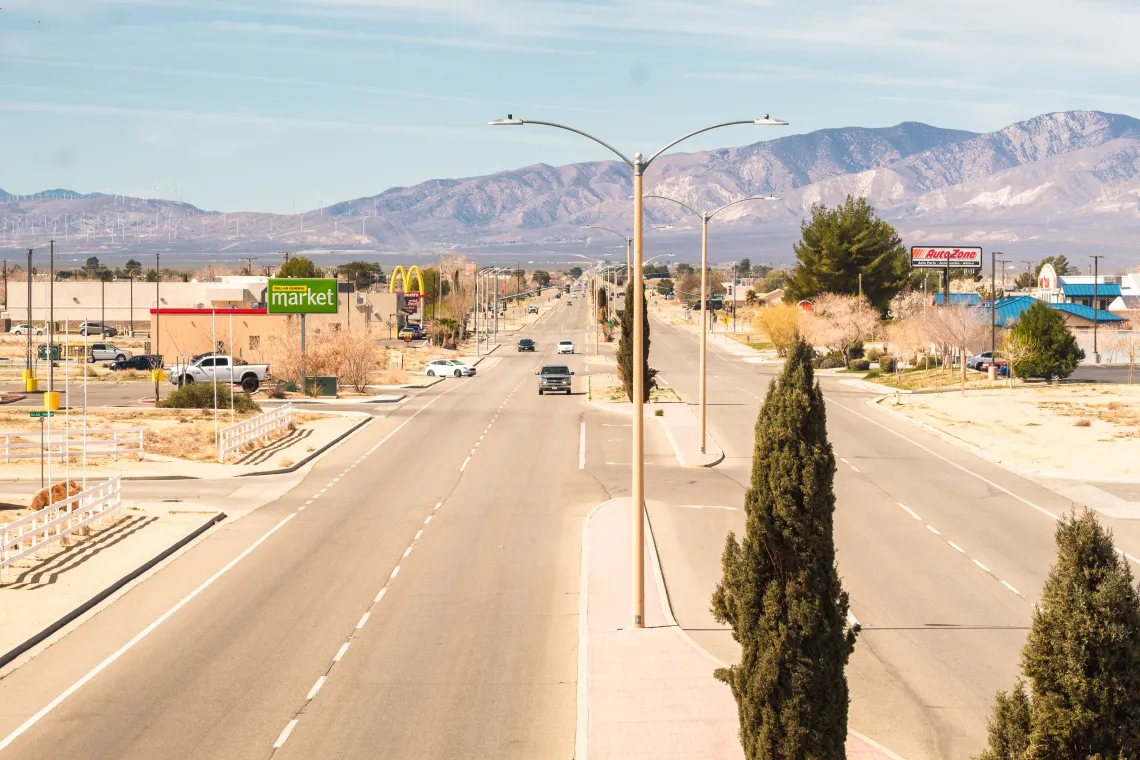Extreme Heat Increases Climate Inequities

A recent opinion article by Udall Center researcher, Dr. Adriana Zuniga, explains how rising annual temperatures have heightened heat-related risks in poorer neighborhoods disproportionately to wealthier ones in a Phoenix, AZ, case study.
The article draws from Dr. Zuniga’s expertise in leading and participating in research projects focused on green infrastructure and urban resilience. As the global climate continues to adjust to rapid changes, researchers have recorded greater extremes in annual temperatures (hotter highs and colder lows), causing a slew of climate-related risks to watch out for, such as increased drought and flooding events, crop and agricultural difficulties, and infrastructure failure. Along with rising temperatures, researchers are also finding that low-resource neighborhoods have particularly less vegetation and greenspace and a lack of funding or capacity for continued maintenance of assets, including trees and green stormwater infrastructure features. Because they lack these features, which can help combat the risks associated with extreme heat by providing shade and retaining humidity, lower-income neighborhoods experience higher overall temperatures and have fewer accommodations available to alleviate the heat, placing the population at much greater risk of succumbing to extreme heat.
Read the full article for suggestions on how to build human resilience in urban areas: Poor neighborhoods suffer most from Phoenix’s brutal heat. It doesn’t have to be this way.

